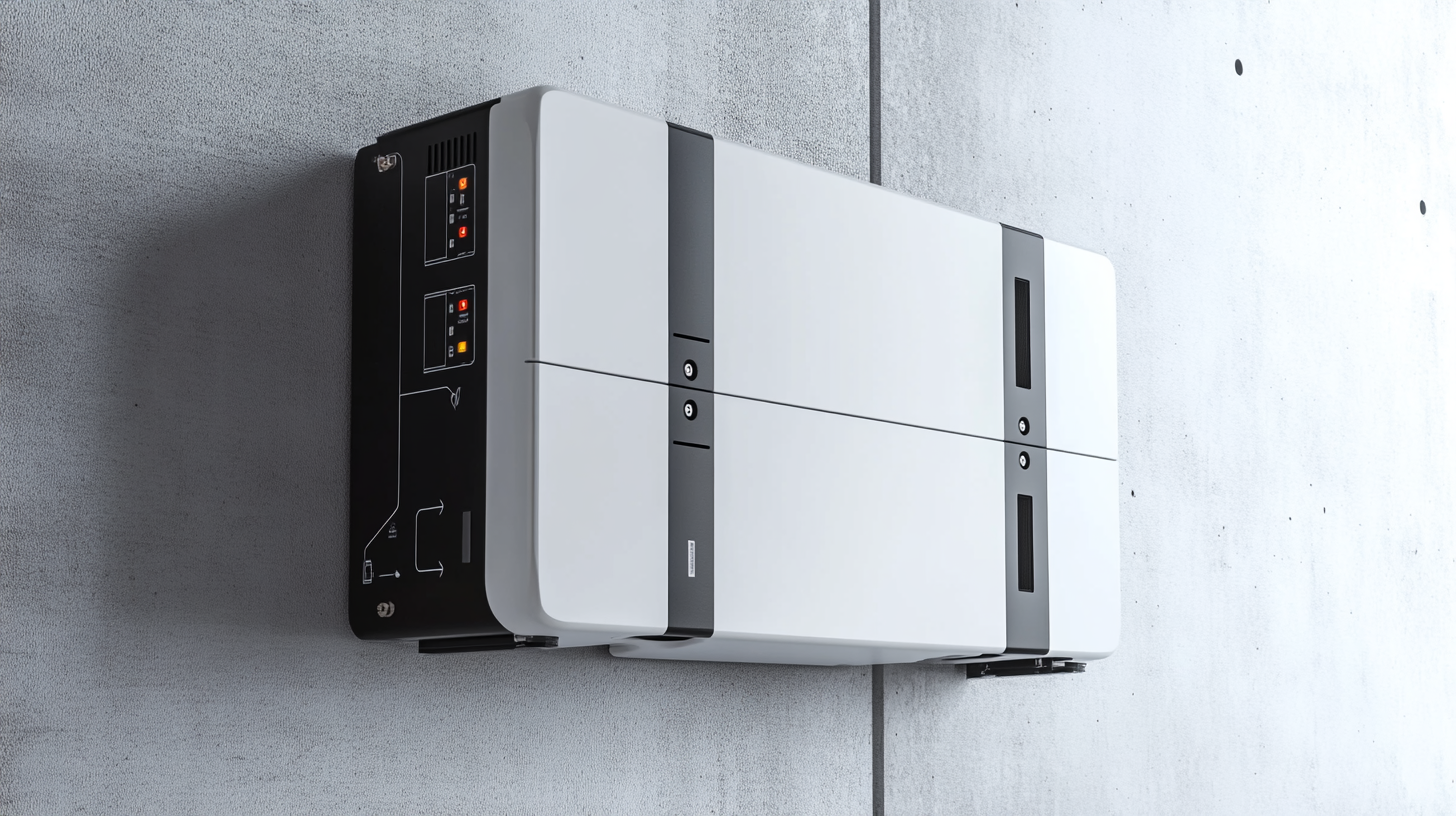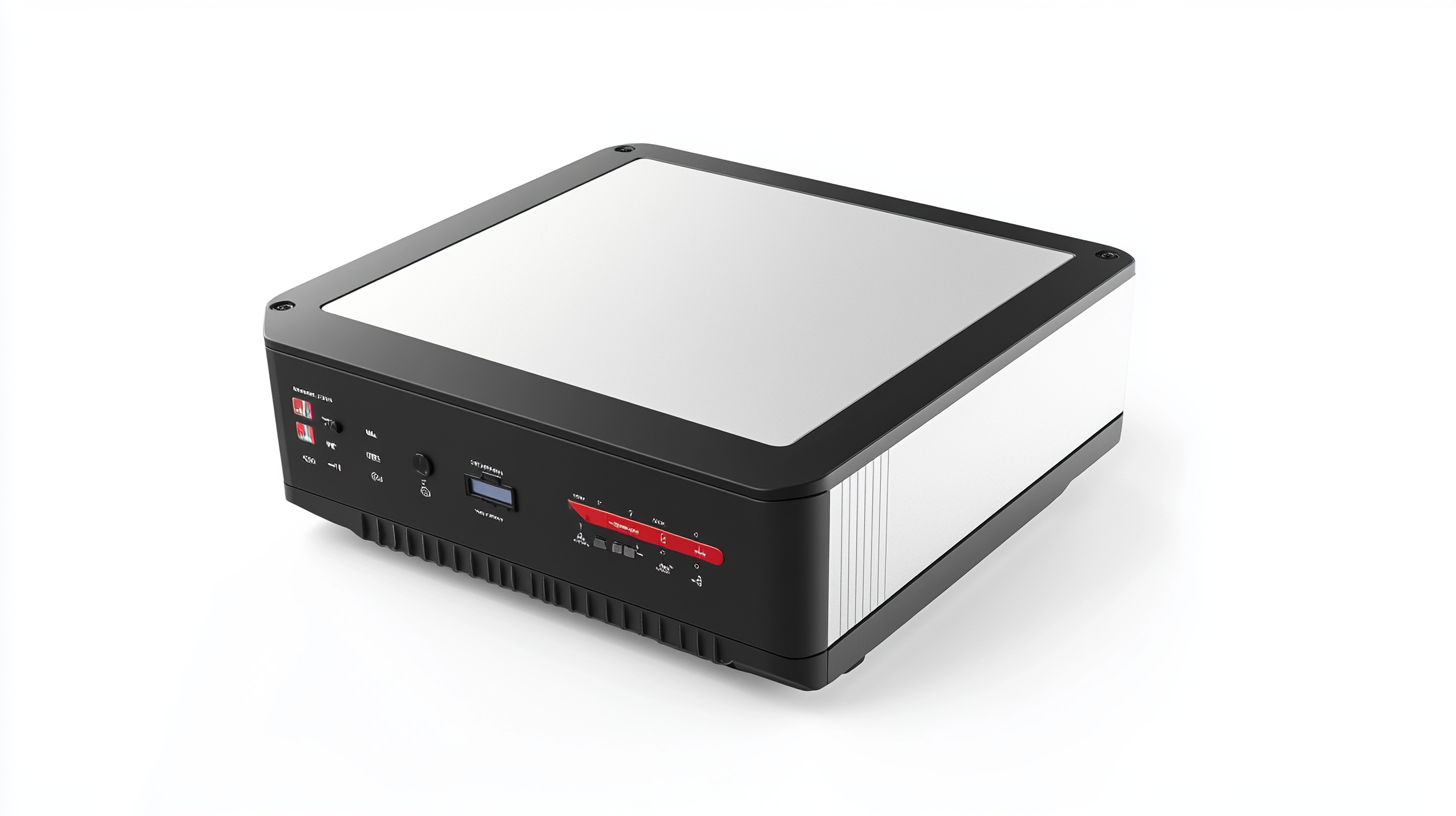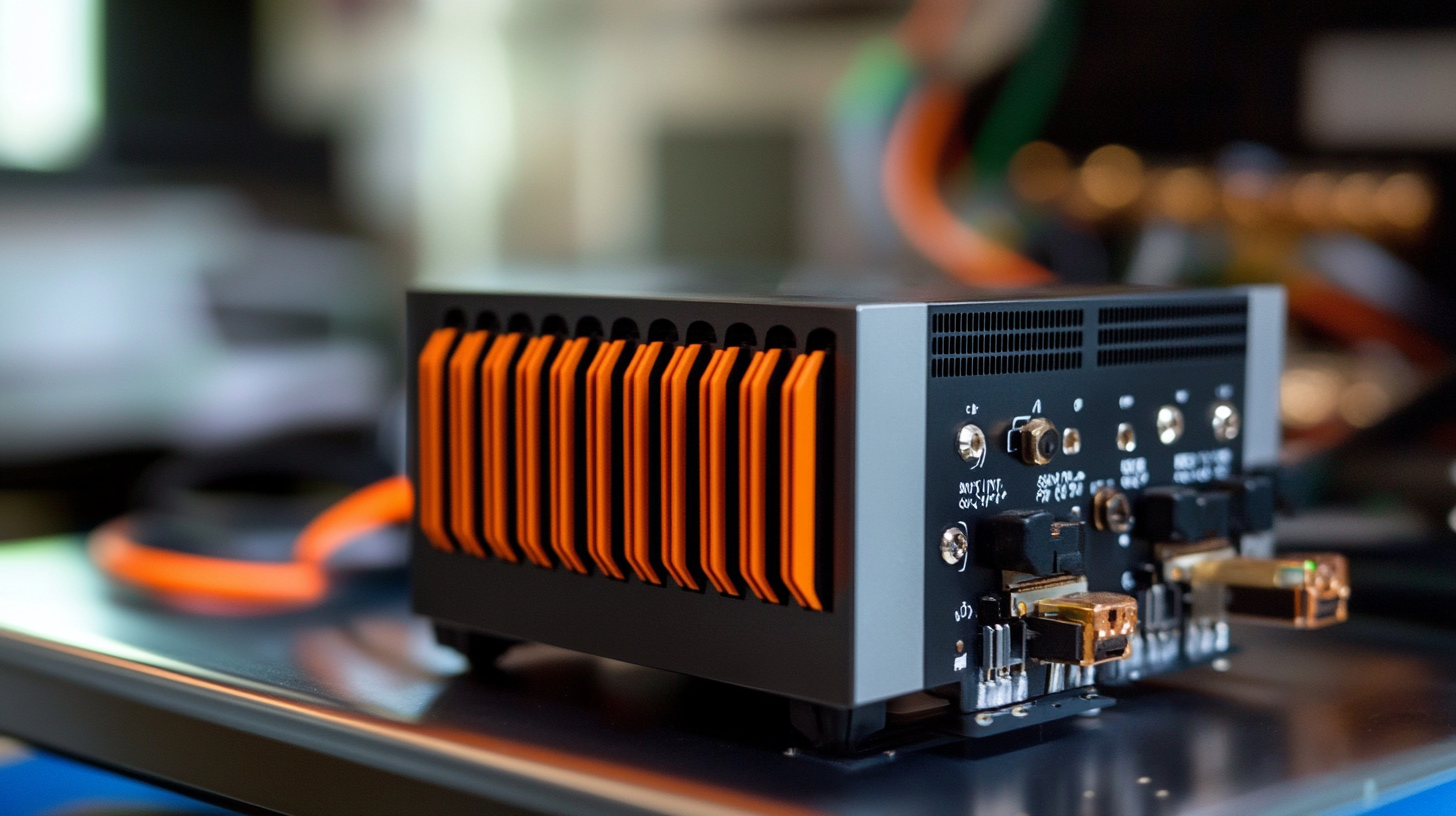Market for micro-inverters poised for significant growth as renewable energy keeps evolving and adopting advanced, emerging technologies. The global micro-inverter market is anticipated to reach USD 8.4 billion by 2025, according to a recent report by MarketsandMarkets, and grow at a CAGR of 18.2% during 2020-2025. Rapid expansion is credited to increasing adoption rates for solar photovoltaic (PV) systems and rising demand for energy-efficient solutions. Micro-inverters convert direct current (DC) to alternating current (AC) at the individual module level, proving to have unique advantages over the conventional string inverter in higher energy harvest and improved reliable system.
With sustainability fully becoming a theme in the global energy policy context, this micro inverter technology definitely suits the requirements of residential and commercial applications. Key factors boosting the demand for micro-inverters are increasing awareness of energy independence and lowering carbon emissions. The residential sector is expected to occupy the highest market share in micro-inverters by 2025, as homeowners become well-acquainted with efficient solar solutions, says Grand View Research. With independent optimization of energy production and remote monitoring, micro-inverters are not a passing trend; they are actually laying down the future for energy management all over the world.

The micro inverter market is experiencing rising demand owing to technology advancements that promote higher efficiency and energy management. These technologies convert direct current (DC) produced by solar panels into alternating current (AC) at the panel level, offering advantages over the traditional string inverter systems. One of the most phenomenal emerging technology trends in this area would include intelligent grid capabilities, which allow for real-time monitoring and management of energy usage. This innovation enables households and corporate entities to optimize energy use and costs while increasing accountability overall. Another trend in technology that is aiding the micro inverter market is soaring advanced data analytics and artificial intelligence (AI). Intelligent micro inverters are powered with AI-driven algorithms that are capable of adjusting accordingly to the changes in energy demand and the surrounding operating state. The advantage of such actions is that it maximizes energy production and thus extends the lives of solar installations through overloading and system failure prevention. Such investments in technology are early signals toward flexible and robust energy solutions in this renewable energy era. Further, the burgeoning demand for green energy solutions coupled with schemes of the government for solar installation incentives is driving the adoption of micro inverters. Gradually, more users will be tapping into the benefits of renewable energy using photovoltaic panels. This, in turn, will lead to a very continued rise in demand for micro inverter systems, which will need to be proven efficient and reliable. The developing opportunity for creating new and leaning-forward businesses would continue to have greenhouse markets owing to devotion to renewables and energy independence worldwide.

The transformative global micro inverter industry could be booming by 2025, given recent policies shaping the landscapes of investments. The current trends also talk of a highly pervading trend in various innovative photovoltaic applications, such as balcony solar modules, characterized by low investment and high returns. The configuration-the fragmented decentralized generation underlines just how important integrated micro inverter solutions can be with different solar setups, particularly in "red zones" identified for photovoltaic deployment.
Policy changes impact investment channels significantly while going through inventory pressures and competition among key players in inverter manufacturing. Residential solar demand is going to fuel further in Europe, which has tremendous challenges in inventories. Renewable energy incentive policies and those supporting local manufacturing pint towards increased micro inverter adoption, thereby boosting the overall market.
Further, the micro-inverter segment is an emerging growth area through which new entrants can make a mark as the industry shrinks considerably due to well-established players facing cash flow problems. Strategic partnerships and collaborations-similar to what we are witnessing between tech companies and energy groups-would likely accelerate innovation and market ingress. Proactive adoption of supportive policies and investment in micro inverter technology would, therefore, be vital to harness opportunities in the near future.

Increasingly, consumer preference is determining microinverter adoption in the future for the solar energy industry sector. Growing awareness of renewable energy benefits has led many homeowners and businesses to demand efficient solar solutions, where microinverters are able to optimize the output of each solar panel. This flexibility and reliable nature of microinverters suit perfectly the environmentally conscious consumers that demand performance, efficiency, and sustainability.
Equally important consumer factors in the microinverter market include smart home technologies making their way into modern homes. As the demand for smart energy management systems increases, so does the demand for microinverters that can integrate with and will scale to these requirements. Microinverters integrate so well with these technologies in that they enable users to effortlessly monitor and manage their energy production and consumption. Increasingly, these consumers consider systems in terms of their carbon footprint and how much better control they provide over energy usage.
And in this energy independence trend, microinverters are instilling a tradition among consumers. With dauntingly high electricity rates and several doubts regarding utility grid reliability, very many people are now investing in solar systems with microinverters that enhance energy production and allow extensive flexibility in installations. This scenario also connotes a respectable market opportunity where manufacturers spurred by innovation will vie for a consumer class that is rapidly evolving into an informed and more proactive type.

As technological improvements are happening and solar energy solutions are being embraced widely, the global micro inverter market is set for huge growth in 2025. As the world is switching to renewable energy, some innovative companies are utilizing cutting-edge technologies such as silicon carbide (SiC) to augment the efficiency and performance of micro inverters. The recent market analysis indicates that micro inverters are expected to have over 15% CAGR through 2025, which is indicative of the ever-increasing demand for distributed generation systems.
Enphase Energy, SolarEdge Technologies, and APsystems are the key micro inverter manufacturers, claiming their share of the market with technology and service differentiation. Enphase Energy has established a strong position in the market with its focus on advanced micro inverter solutions with versatile energy management systems, while SolarEdge Technologies has begun to radically change the market with optimizers that increase system-wide efficiency. Another complication to the competitive landscape is a trend in domestic manufacturing and local sourcing that casts pressure on older players to innovate and adapt.
Furthermore, integration of micro inverter systems and smart grids has achieved traction, promising enhanced grid resilience and real-time energy management. With governments coming on board to support solar programs more than usual, the market for micro inverter systems is bound to grow further, buoyed by favorable policies and investments into sustainable practices. The developments should keep running ahead, and the companies in the market need to respond promptly to take advantage of the changing opportunities lying ahead.
The micro inverter market is going to develop tremendously by 2025 majorly due to sustainability trends that have transformed the whole industry in terms of innovation. As worldwide emphasis shifts toward more use of renewable energy sources, micro inverters, which convert solar energy at the individual panel level, are set to gain traction, MarketsandMarkets reports. This report predicts that the global micro inverter market will reach USD 5.69 billion by 2025, growing at a CAGR of 19.5% in the forecast period. Major factors causing this expansion are energy consumption efficiencies and reduced carbon footprints.
One of the leading stimulus drivers on innovation in the micro inverter sector has been increasing demand for smart energy solutions. As more residents and commercial entities install solar energy, there is increased demand for maximizing power capture and providing real-time monitoring. By incorporating IoT-based technologies within micro inverter systems, more effective options for consumption optimization and energy production are made available to end-users. Allied Market Research notes that IoT integration in solar technologies is likely to result in efficiency improvements of 25% or more; therefore, it can further substantiate the embrace of the pivot toward sustainability that occurs in the market.
In addition, the policy developments regarding promotion of clean energy have created new growth avenues for micro inverter manufacturers. There are exercise schemes for many governments across the globe that provide incentives to foster renewable energy installations, which are all instrumental in achieving climate goals. The International Energy Agency (IEA) states that solar capacity globally should double by 2025- a phenomenon to be highly dependent on micro inverters to ensure the most efficient use of such installations, keeping in regard the technological pump-up with regard to promises around a "greener tomorrow." Thus, the innovative advances paired up with sustainability ensure that the micro inverter domain becomes a strong pillar in the global energy scenario.
Microinverters are devices that optimize the output of individual solar panels. They are preferred by consumers for their flexibility and reliability, aligning with the growing demand for efficient solar solutions and sustainability.
Microinverters offer seamless integration with smart home energy management systems, allowing users to monitor and manage their energy production and consumption effortlessly.
Rising electricity prices and concerns over grid reliability are driving consumers toward energy independence, prompting them to invest in solar systems that utilize microinverters for maximum energy production and flexible installation.
The micro inverter market is expected to witness a compound annual growth rate (CAGR) of over 15% through 2025, driven by increasing adoption of solar energy solutions.
Key players in the micro inverter market include Enphase Energy, SolarEdge Technologies, and APsystems, each differentiating themselves through unique technology and service offerings.
Technological advancements, such as the use of silicon carbide (SiC), are enhancing the efficiency and performance of micro inverters, contributing to market growth.
Integrating smart grid technologies with micro inverter systems provides enhanced grid resilience and enables real-time energy management, making them more appealing to consumers and businesses.
Favorable government policies and investment in sustainable practices are amplifying growth in the micro inverter market, as they support the transition towards renewable energy initiatives.
Increasing consumer awareness of renewable energy benefits is driving the demand for more efficient and sustainable solar solutions like microinverters.
Manufacturers are innovating to meet the evolving demands of a more informed and proactive consumer base by creating versatile, efficient, and integrated micro inverter solutions.